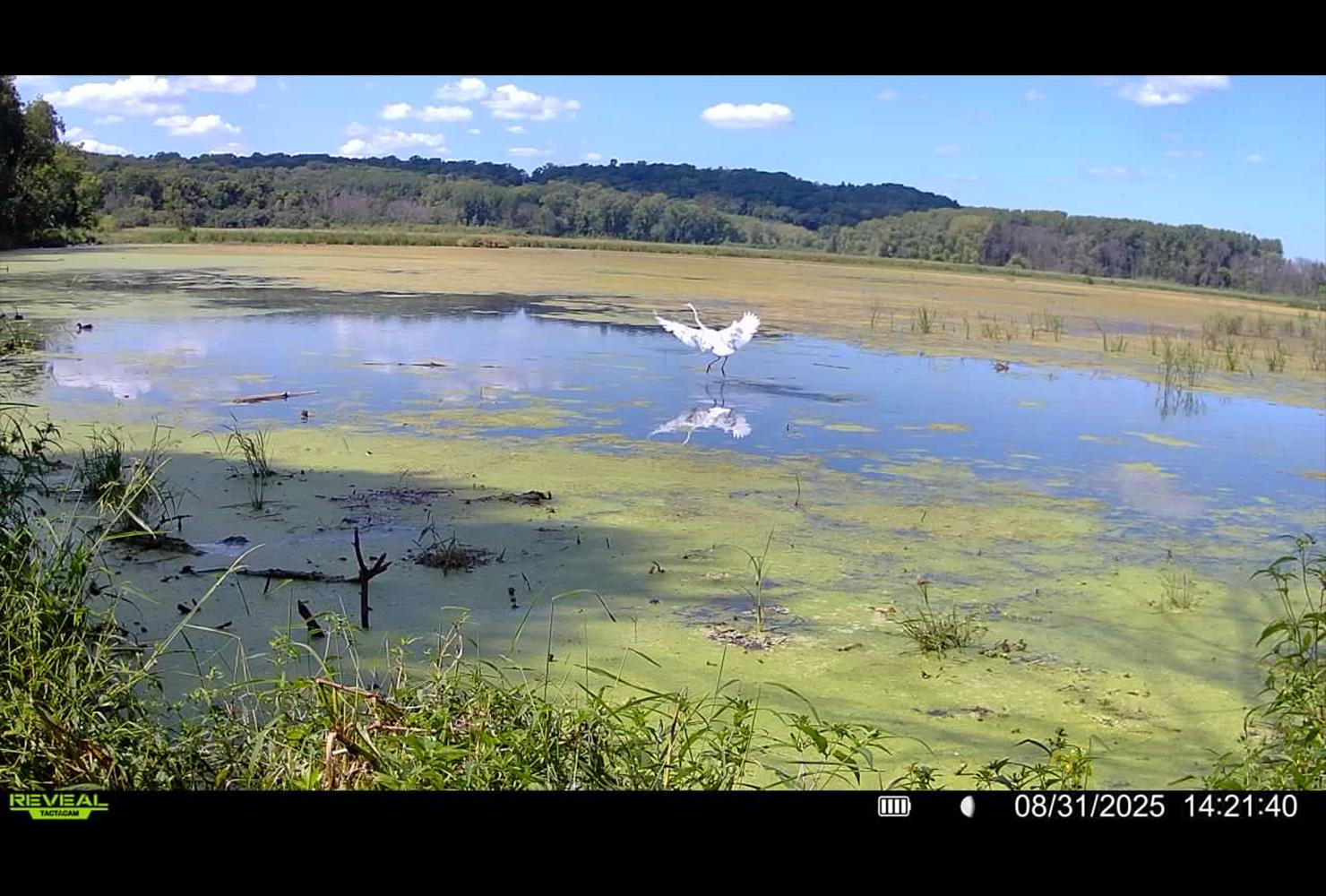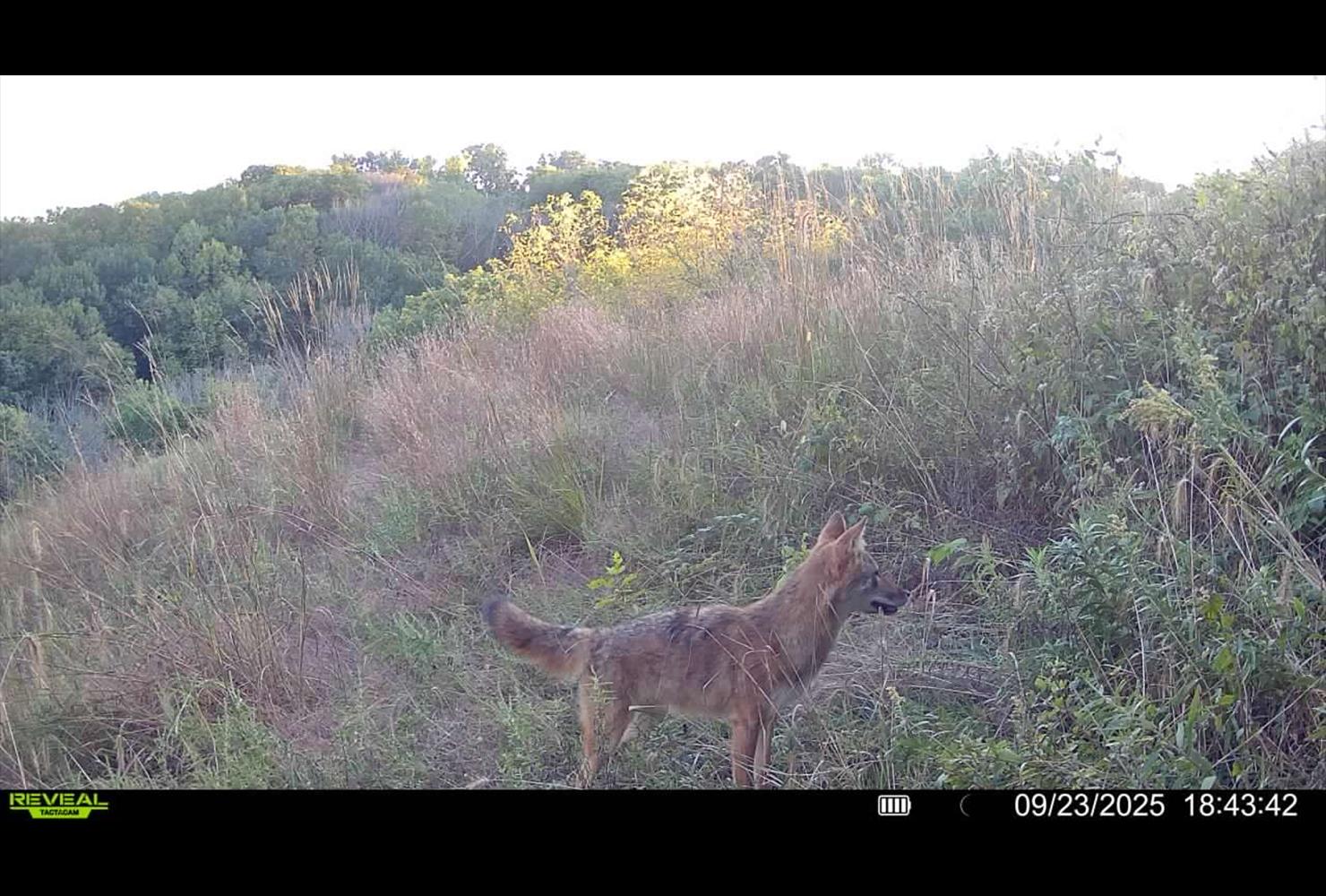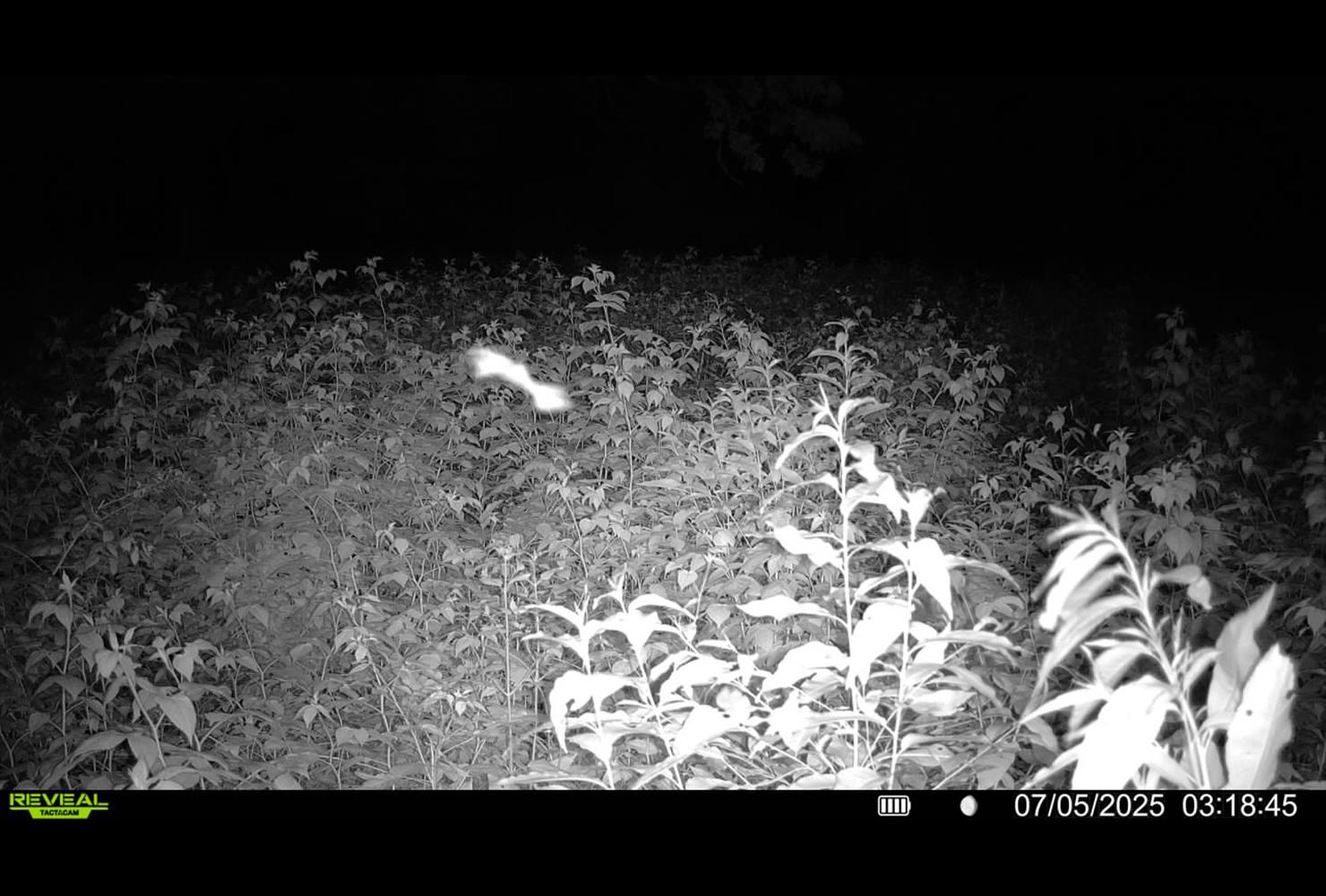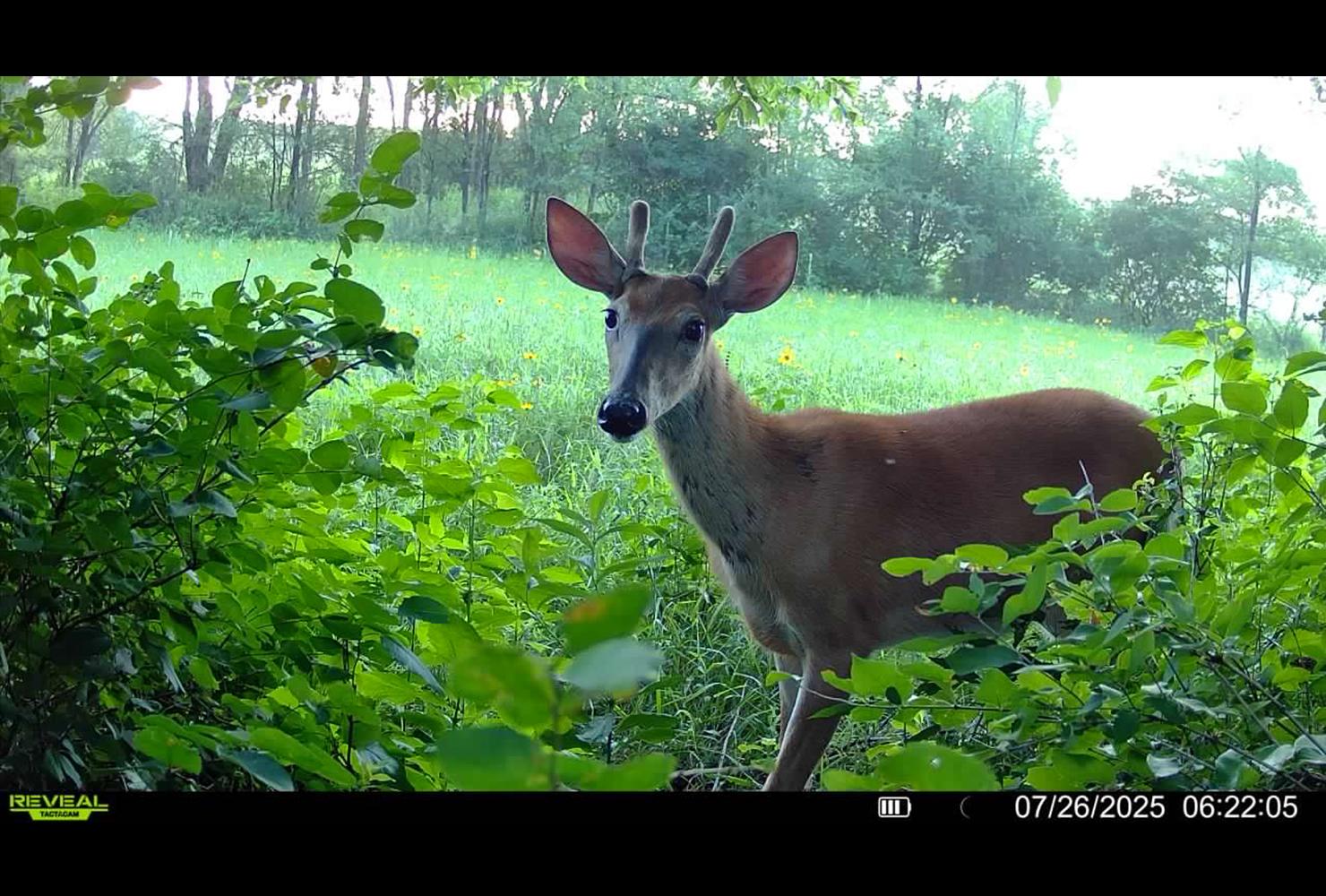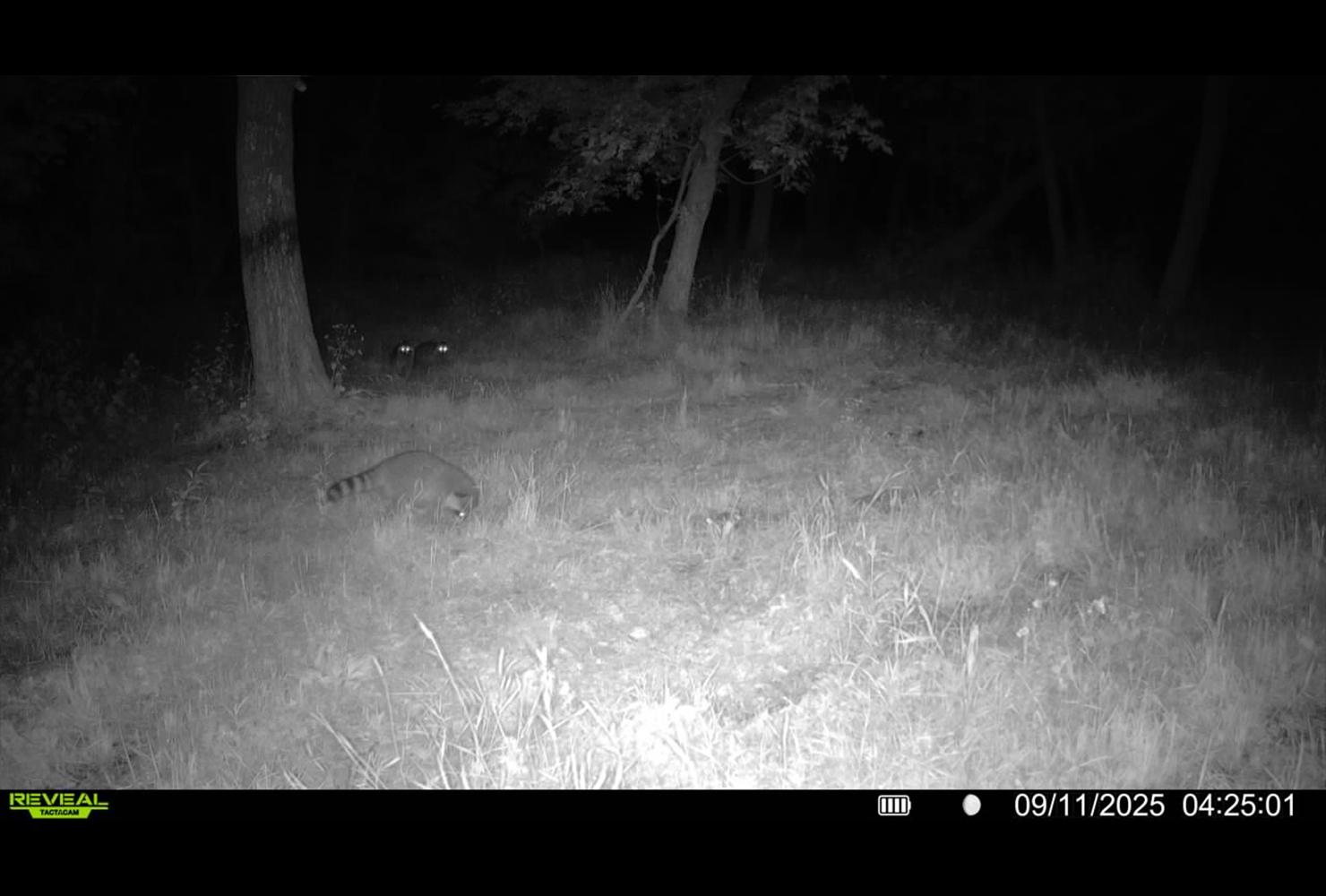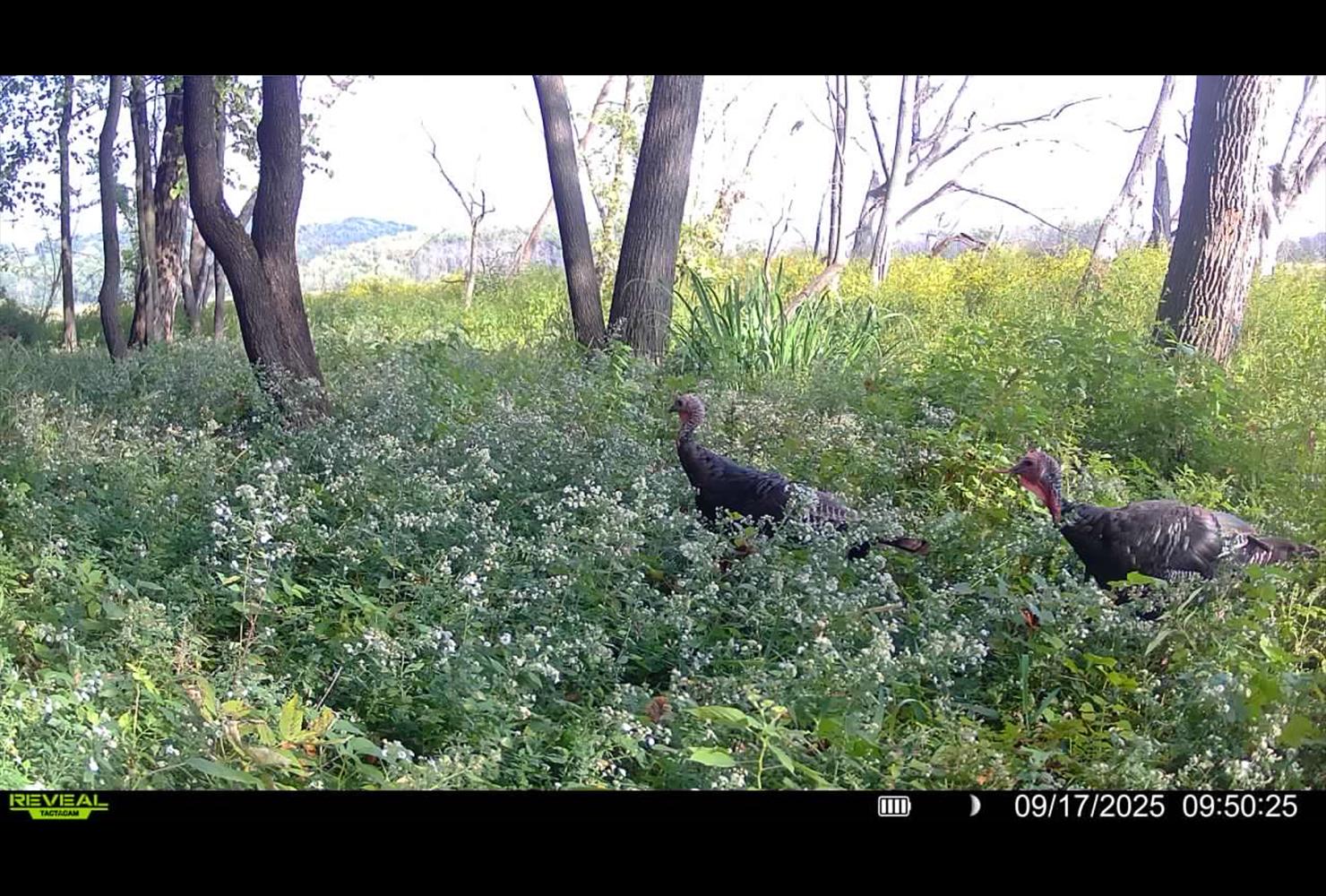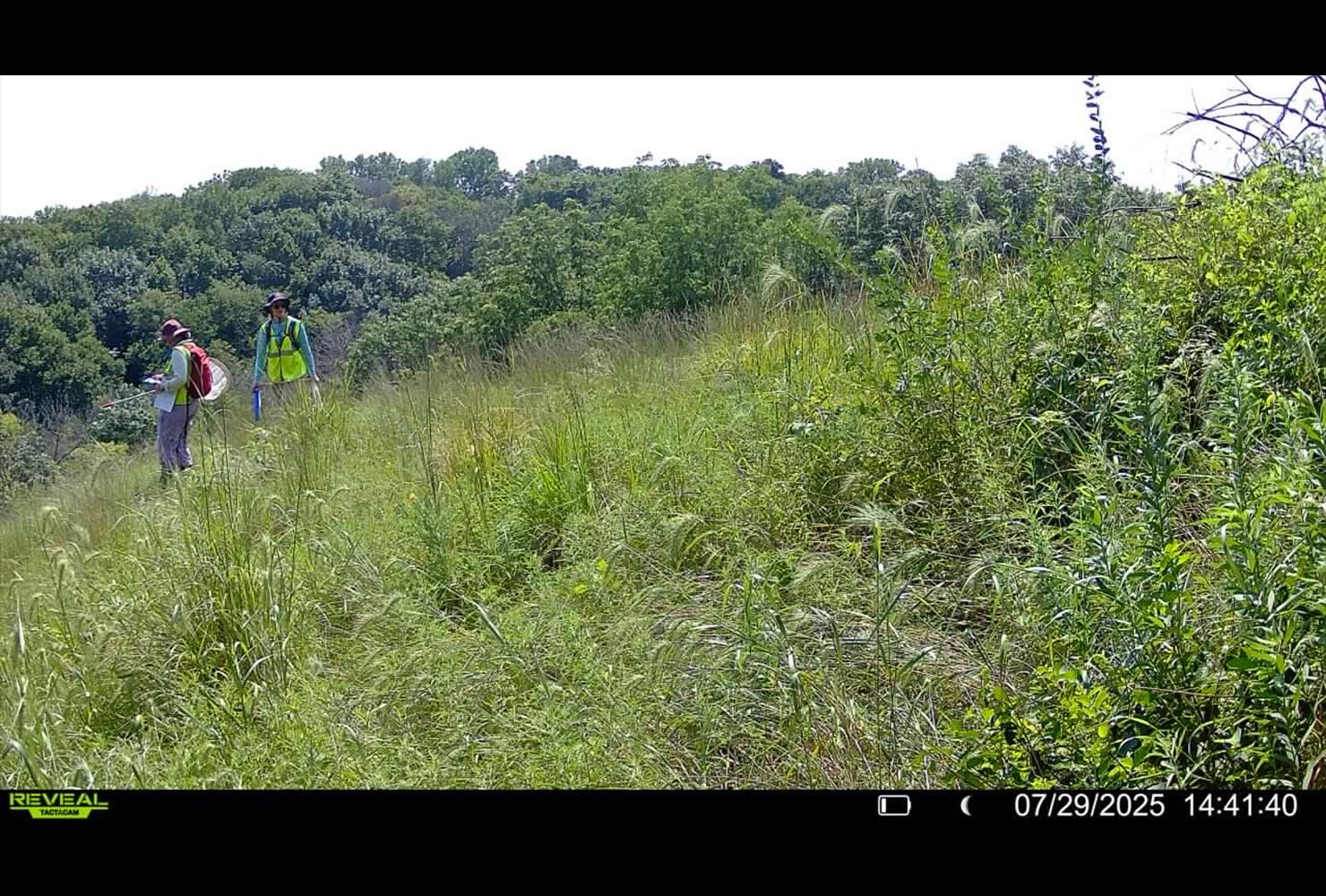Photos: What our wildlife cameras showed this summer
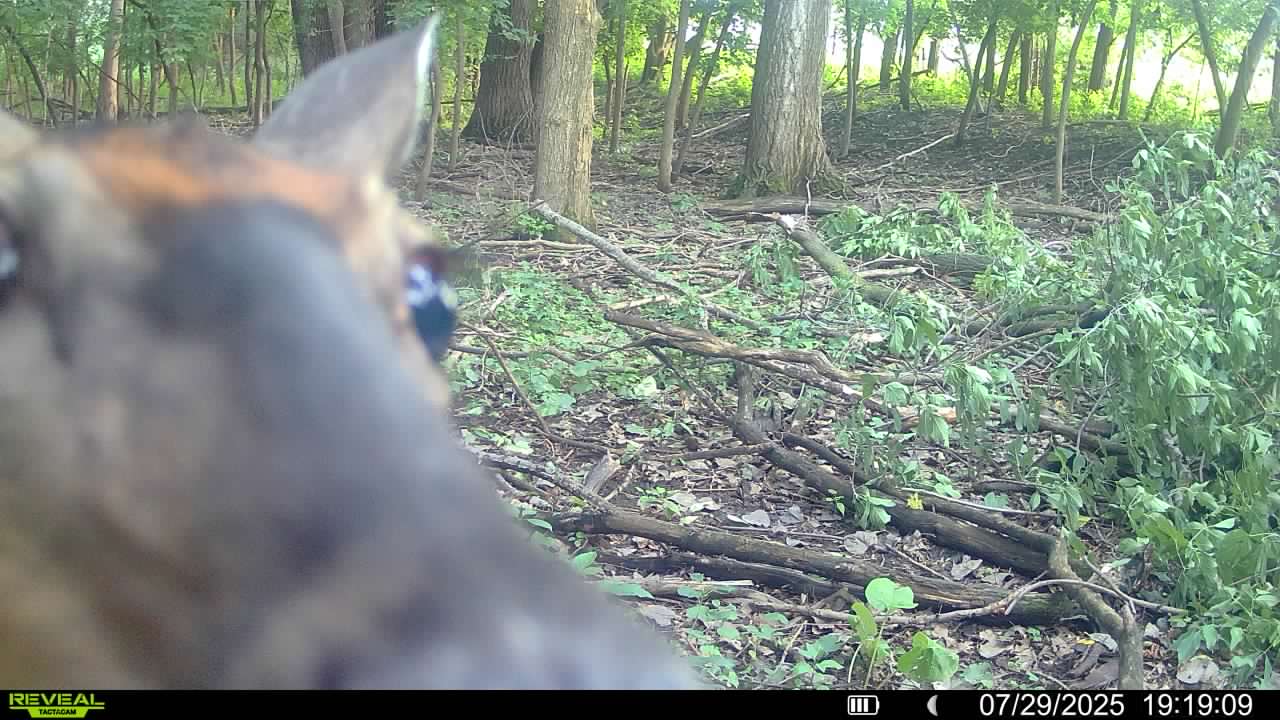
A 2019 fisher sighting at an FMR restoration site on Dakota County parkland inspired a new project.
At the time, fishers were rarely seen in the metro area, but this one was using habitat just south of FMR's multi-partner Pine Bend Bluffs Natural Area. So FMR teamed up with staff at FMR's Flint Hills Resources property to install our first wildlife camera. This single camera in 2022 confirmed the presence of a fisher on the property.
We now have 13 wildlife cameras in and around the Pine Bend Bluffs Natural Area, in partnership with Flint Hills Resources and their employees. We have 10 cameras at the Flint Hills Pine Bend Bluffs property in Rosemount and three across the river at a Flint Hills Pipelines and Terminals site in Cottage Grove. Located along the Mississippi River and connected to miles of protected forest habitat, they are part of natural corridors that aid the movement of fishers and other wildlife.
Monitoring with cameras allows us to assess habitat use, relative abundance and diversity of wildlife, and population dynamics of species that use a specific natural area. Photos can also give us insight into the presence and needs of a specific species.
This year, our cameras captured photos of animals like: sandhill cranes, coyotes, foxes, opossums, bats, raccoons, turkeys, squirrels, swans — and lots of white-tailed deer.
New research design and new results
In 2025, we enhanced our wildlife camera monitoring programs with more cameras and a new research design. We're now able to compare wildlife use between different habitat types: prairie, savanna, woodland and wetland. We're also able to compare wildlife visits to lured vs. unlured cameras. FMR interns Rashi DaSilva and Tori Duckworth led the project rollout and subsequent analysis.
Half of the cameras deployed at the Pine Bend Bluffs property are lured with salmon oil every two weeks, which is a known carnivore attractant. So far, we have seen a difference in species composition between lured and unlured cameras, with lured cameras more frequently visited by raccoons, opossums, coyotes and squirrels. Unlured cameras were more frequently visited by birds and deer.
Species abundance and distribution also differed considerably based on habitat type. This data will inform our restoration management plans, both by taking into account the needs of the species already present and by improving habitat for species we've not yet seen on camera.
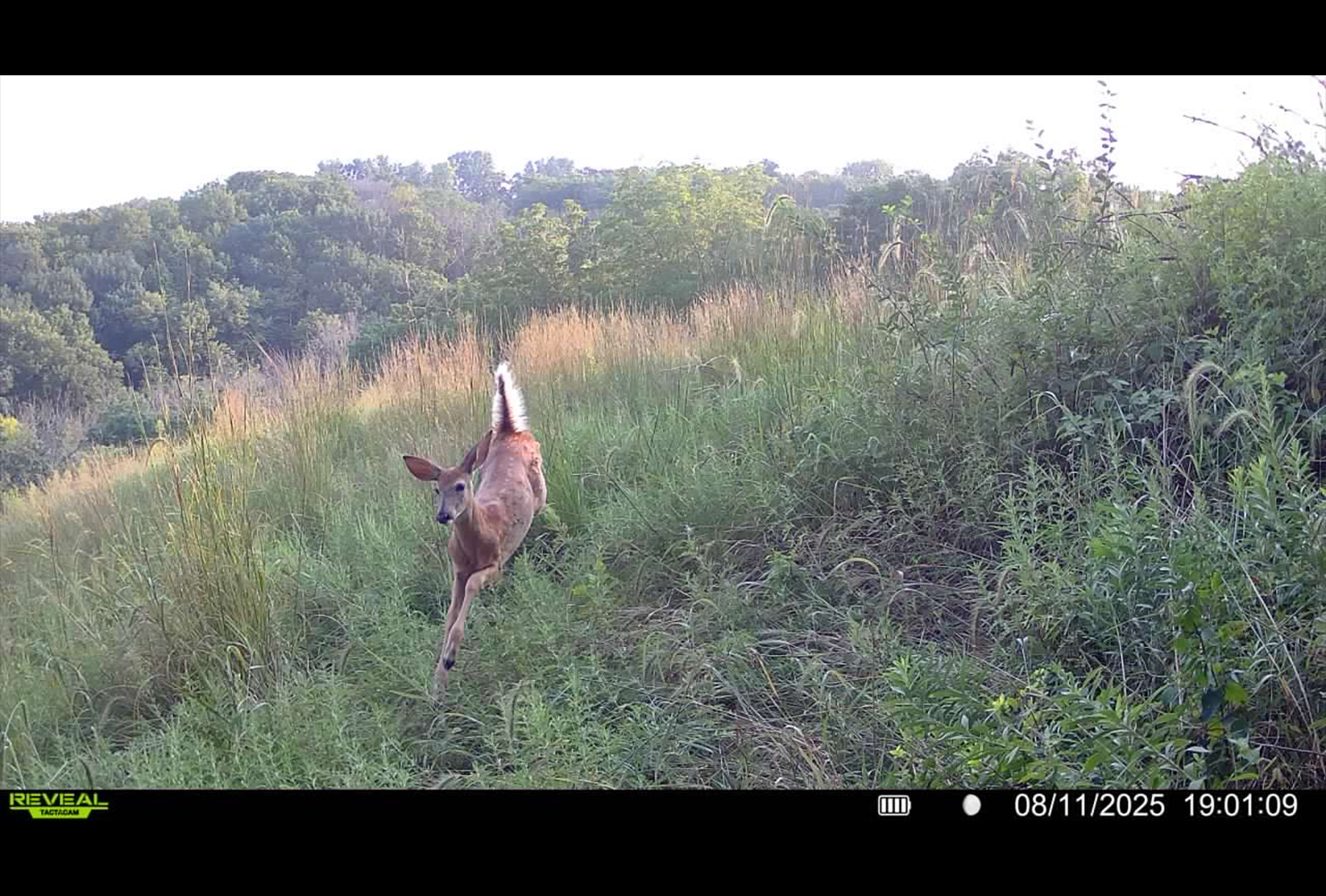
Project partners
Flint Hills Resources has been integral in this work, providing cameras and volunteer camera monitors. Thanks also to our members and volunteers who make FMR’s work to improve water quality and restore critical habitat possible.
